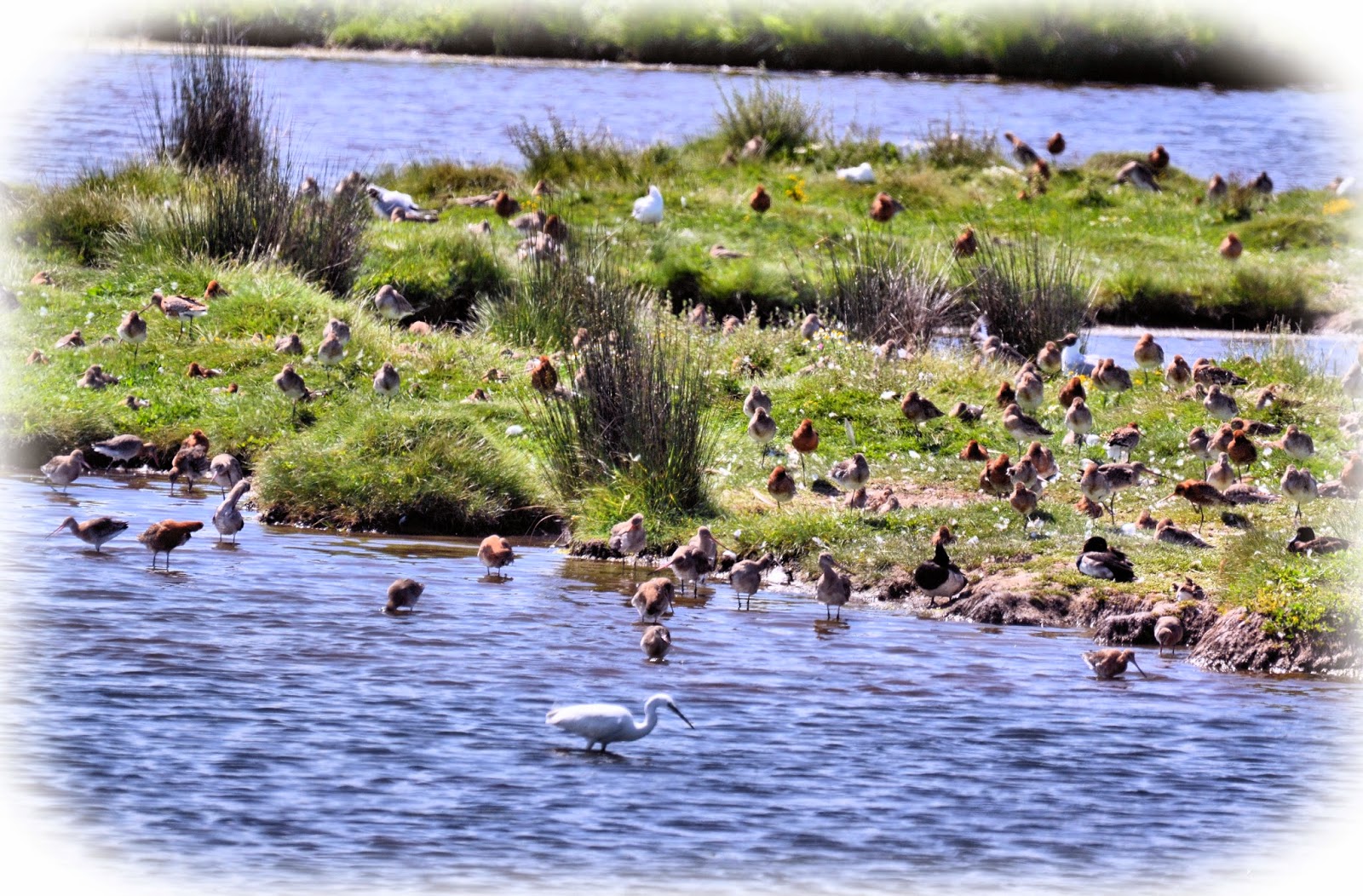Ashenbank Wood, looked after by the Woodland trust is fast becoming my local patch, I seem to spend a good part of my daily routine walking my dog here, I have a good idea of what to expect through the changing seasons, and always looking for the unexpected.
The area of land adjacent to the woods , known as Jeskyns community woodland was planted up with wildflower seed a few years ago, there's always something which catches your eye, in this case a fine specimen of Viper's Bugloss, reminiscent of blue Delphinium, it stands tall in a sea of wild flowers.
As I walked past this plant three days ago, a fairly large moth caught my eye on one of the blue flowers, looking closer I could see a white Crab Spider sucking the life out of the unlucky moth.
Two days ago, I checked the Vipers Bugloss again as I walked past, there was the Crab spider lurking in typical pose, with its two front pairs of legs outstretched, ready to ambush any unsuspecting insect that visits the flower.
After reading up on the spider, I decided that the Crab spider I had found, was probably a female Goldenrod Crab Spider, all the identification points seemed to fit.
an interesting fact about these is that they can remain in the same place for days, waiting for their prey to arrive.
So yesterday, I took the camera with me on my daily dog-walking duty, hoping the spider would still be there.
And there true to form, was the spider,
hiding under the blue flowers of the Vipers Bugloss.
These crab spiders have the ability to change colour, depending on their chosen plant, as the name suggests this spider prefers a plant called Goldenrod, a bright yellow flowering plant.
The background colour of the female is usually yellow, or in this case white.
You can see quite clearly, that it is ready to ambush the next unsuspecting insect that visits the flower.
Apparently the females are the ones to be aware of, especially when they have eggs, they stand guard until the eggs hatch, and are very protective, its bite has been described as below
.........If one bites you, you will feel excruciating pain like a hammer blow on the nail, the cut grows to double its size, the nail turns black, the finger discolours and the pain shifts from the fingers to the hand, the symptoms subside after a few hours.
Doesn't sound very pleasant does it !!!
Another stroke of luck, as I was walking back through the woods, passing through a sunny glade, a black and white Butterfly flew up in front of me, disappearing into the tree canopy.
I waited around for a few minutes hoping that it might return to the sunny area, and before long it appeared again, gliding down from the canopy, it settled on the undergrowth for a few short moments, luckily I had the camera with me and managed to get a few quick photographs, my first White Admiral.
These have a particularly nice underwing pattern, but this was the closest I could get to seeing it,
It soon disappeared back up into the canopy, hopefully I might get another chance to see it, maybe there's more, who knows.
Good year for Butterflies for me, seeing many more new species.





































